Racism Meaning, Racism Stories, Racism Facts
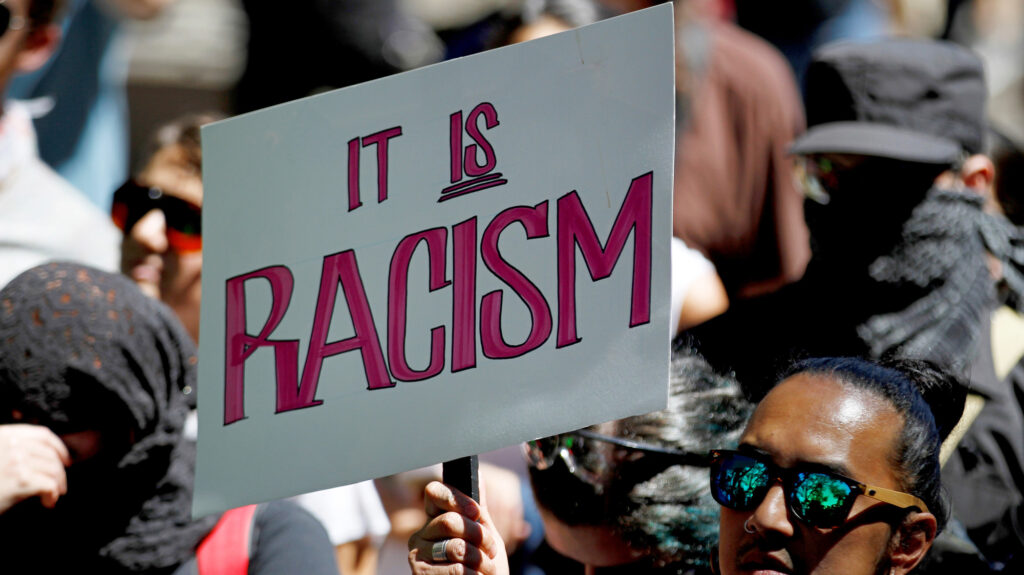
Combating Racism: Understanding and Addressing the Pervasive Issue
Tackling Prejudice and Discrimination Through Education and Empathy
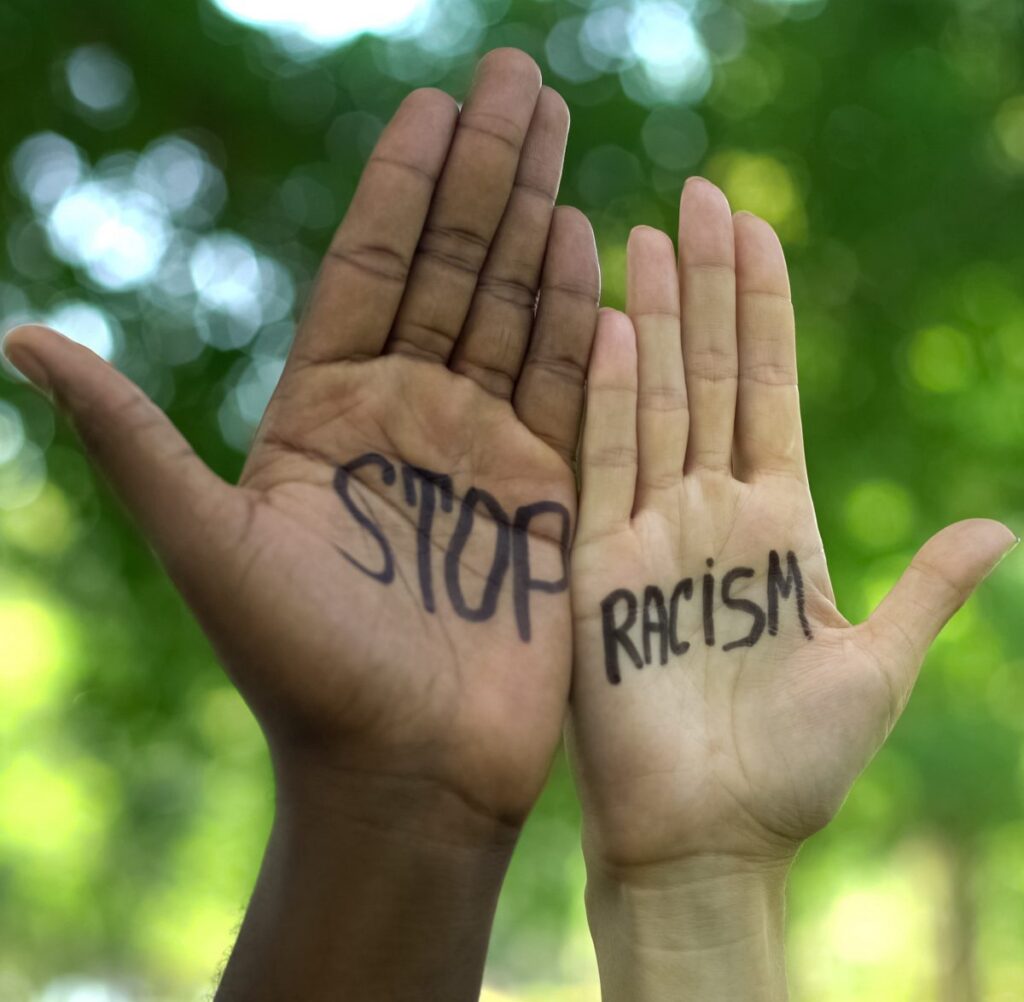
Racism Meaning
Racism, a deeply ingrained societal ill that has plagued humanity for centuries, continues to cast a dark shadow over our world. Rooted in prejudice, ignorance, and fear, racism manifests in various forms, from subtle microaggressions to overt acts of discrimination. It is a complex issue that demands our unwavering attention and collective action.
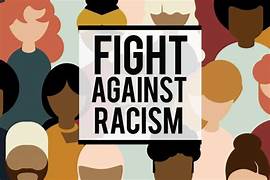
Racism Stories
Short Stories of Racism’s Impact
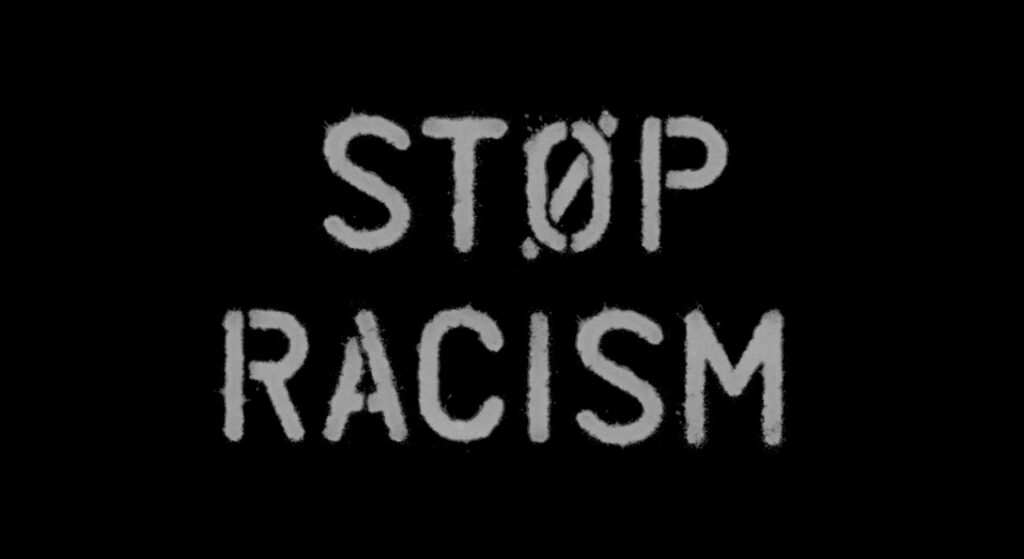
To truly grasp the pervasive nature of racism, let’s delve into five short stories that illustrate its devastating impact:
- The Job Denial: Ahmed, a highly qualified software engineer with years of experience, is repeatedly denied job opportunities despite his impressive credentials. The reason? His name, which suggests his Middle Eastern heritage, raises unconscious biases among potential employers.
- The Hate Crime: A young African American woman is walking down the street when she is accosted by a group of men who hurl racial slurs and physically assault her. This harrowing incident highlights the insidious nature of hate crimes and the constant fear faced by marginalized communities.
- The Microaggression: Maria, a successful Latina businesswoman, is attending a networking event when a male colleague approaches her and asks if she’s the waitress. This seemingly innocuous comment is a microaggression, a subtle form of discrimination that reinforces stereotypes and belittles individuals.
- The Educational Disparity: In a predominantly low-income Black neighborhood, the local schools are underfunded and poorly equipped, resulting in a subpar education for the students. This educational disparity perpetuates cycles of poverty and limits opportunities for advancement.
- The Housing Discrimination: A young Asian couple is looking to buy a home in a predominantly white neighborhood. However, they face numerous obstacles, including refusals from real estate agents and discriminatory lending practices. This housing discrimination hinders their ability to achieve the American dream of homeownership.
- The Family Dinner: A young Indian family is having dinner at a restaurant when they are subjected to racist comments from a group of nearby diners. The comments are hurtful and offensive, and the family members feel uncomfortable and unwelcome. They leave the restaurant feeling humiliated and disappointed, their evening ruined by an act of blatant racism.
- The School Playground: A group of Black children are playing on the school playground when they are approached by a group of white children. The white children begin taunting and harassing the Black children, calling them names and making racist gestures. The Black children feel afraid and isolated, and the incident leaves them feeling unwelcome and unsafe in their own school.
- The Store Incident: A young Asian woman is shopping in a store when she is followed by a security guard who suspects her of shoplifting. The guard’s actions are based on nothing more than her race, and the woman feels deeply embarrassed and violated. She leaves the store feeling humiliated and angry, her shopping experience tainted by an act of racial profiling.
- The Police Stop: A young Latino man is driving home from work when he is pulled over by the police for a minor traffic violation. The officer’s tone is accusatory, and he immediately begins questioning the man’s immigration status. Despite the man’s repeated assurances that he is a citizen, the officer insists on further proof. The man feels humiliated and degraded, and the incident leaves him feeling unsafe and unwelcome in his own community.
- The Job Interview: A young Black man, fresh out of college and eager to start his career, arrives for a job interview. He is dressed impeccably, his resume is impressive, and he is confident in his abilities. However, as he sits across from the interviewer, he can sense a subtle shift in demeanor. The interviewer’s questions seem more scrutinizing, his tone more dismissive. When the interview concludes, the young man leaves with a sinking feeling in his stomach. He knows that his race has played a role in the interviewer’s assessment, and he walks away with another rejection letter to add to the pile.
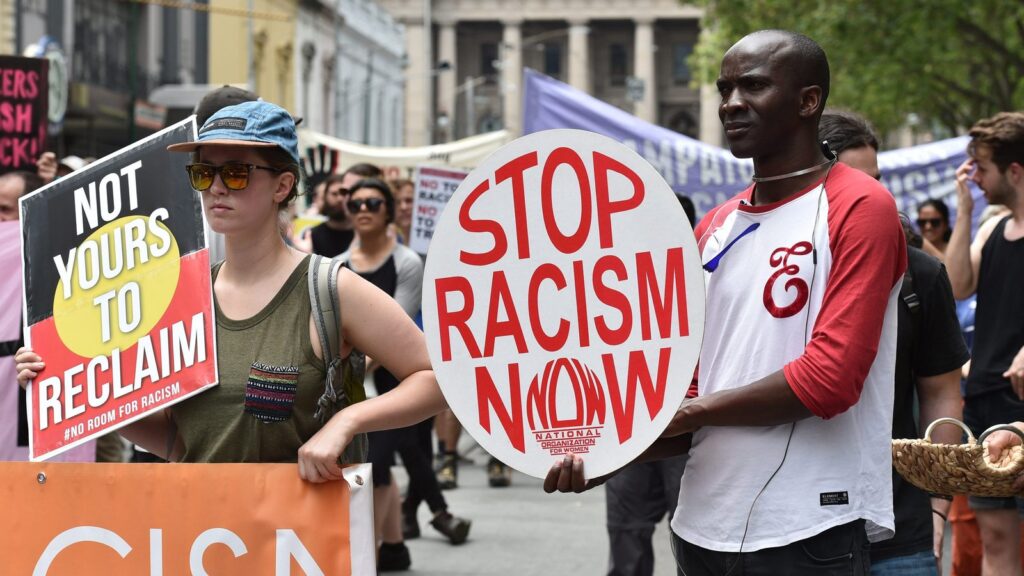
Racism Facts
Facts Unveiling the Depth of Racism
To fully comprehend the extent of racism, let’s examine five facts that underscore its pervasiveness:
- Racial Wage Gap: In the United States, Black workers earn 59 cents for every dollar earned by white workers. This wage gap persists despite advances in civil rights legislation.
- Racial Health Disparities: Black Americans are more likely to suffer from chronic diseases such as diabetes and heart disease, often due to inadequate healthcare access and socioeconomic factors linked to racism.
- Overrepresentation in the Criminal Justice System: Black men are incarcerated at a rate six times that of white men. This disparity is rooted in racial profiling and discriminatory policing practices.
- Underrepresentation in Leadership Positions: Black and Hispanic individuals are underrepresented in leadership positions across various sectors, including business, government, and academia. This lack of representation reinforces systemic inequities.
- Global Prevalence of Racism: Racism is not confined to the United States; it exists in various forms throughout the world, impacting individuals from all racial and ethnic backgrounds.
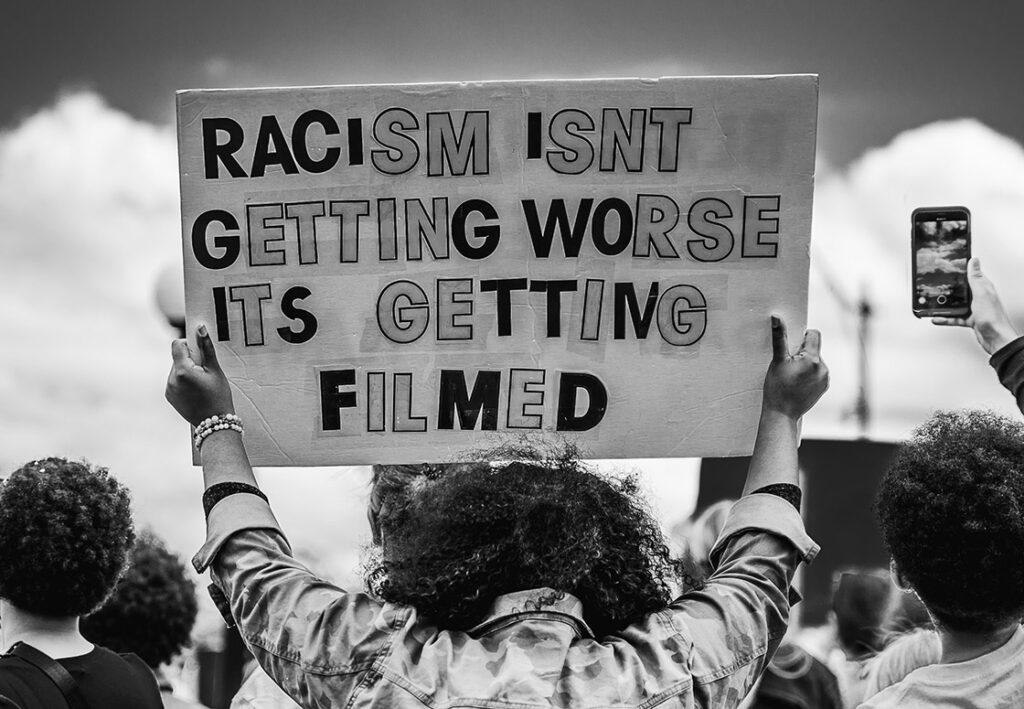
Combating Racism: A Collective Responsibility
Addressing racism requires a multifaceted approach that encompasses education, empathy, and action:
- Education: Fostering an understanding of racism’s history, its impact, and its various forms is crucial to dismantling prejudice and promoting inclusivity.
- Empathy: Cultivating empathy allows us to connect with the experiences of others and recognize the pain caused by racism.
- Action: Bystander intervention, challenging discriminatory behavior, and supporting advocacy efforts are essential steps in combating racism.
Racism, though deeply entrenched, is not insurmountable. Through education, empathy, and collective action, we can create a world where every individual is valued, respected, and afforded equal opportunities to thrive.
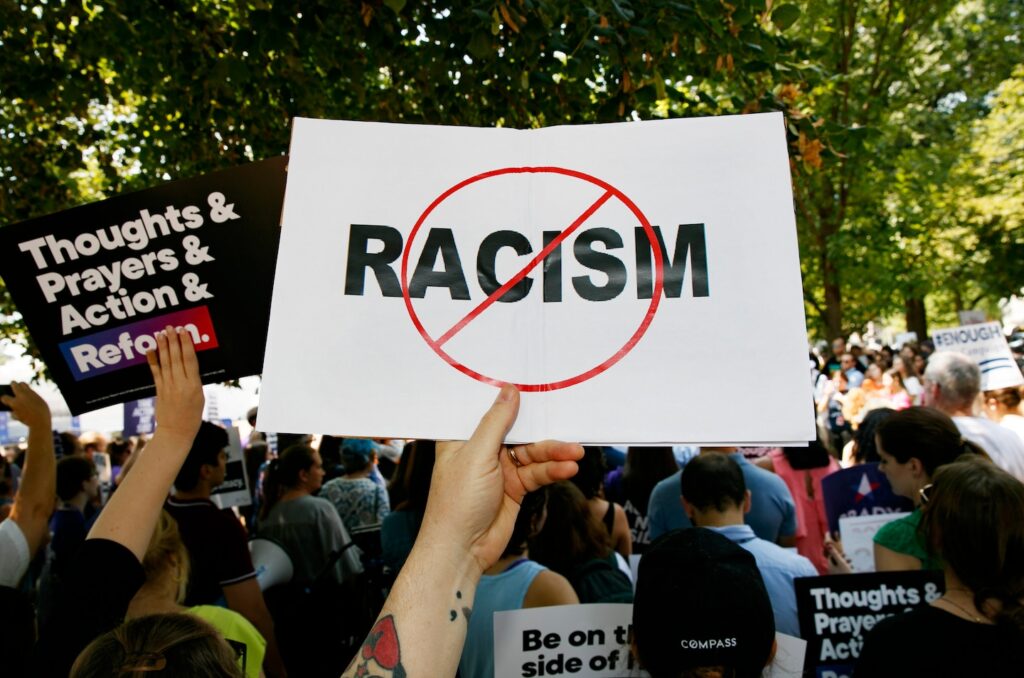
Conclusion
Racism is a complex and deeply rooted social ill that continues to inflict harm on individuals and communities of color. By understanding the stories and facts behind racism, we can begin to chip away at this prejudice and create a more just and equitable society for all.
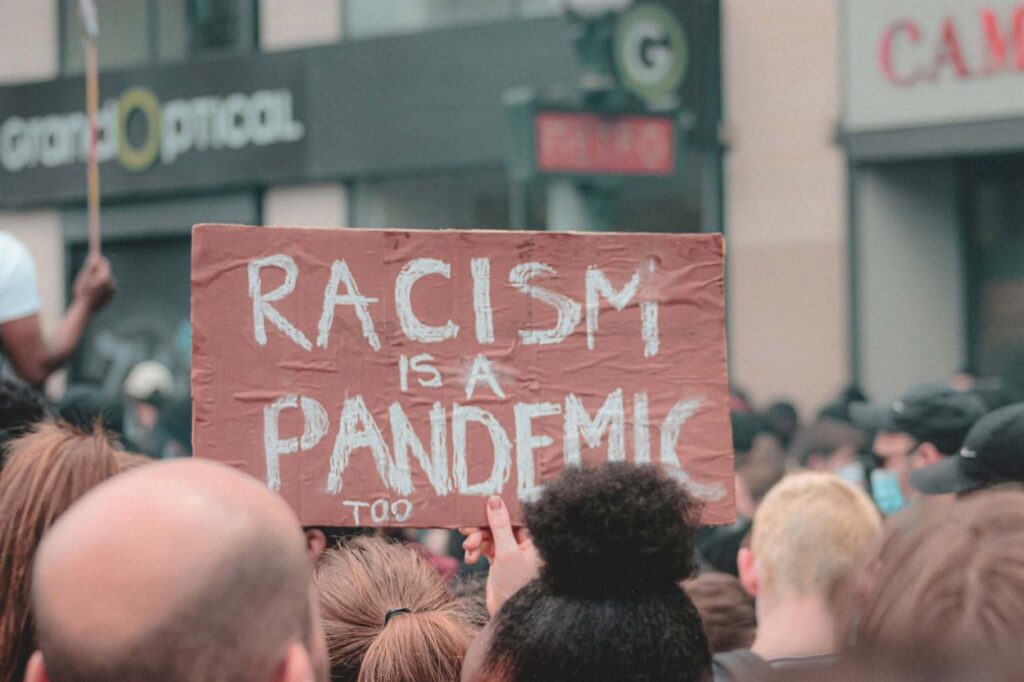
That’s all about Racism Meaning, Racism Stories, Racism Facts.
for more article you can visit stationvidya.com and you can check https://stationvidya.com/what-is-artificial-intelligence-applications-pillars-of-ai-future-of-ai-in-500-words/
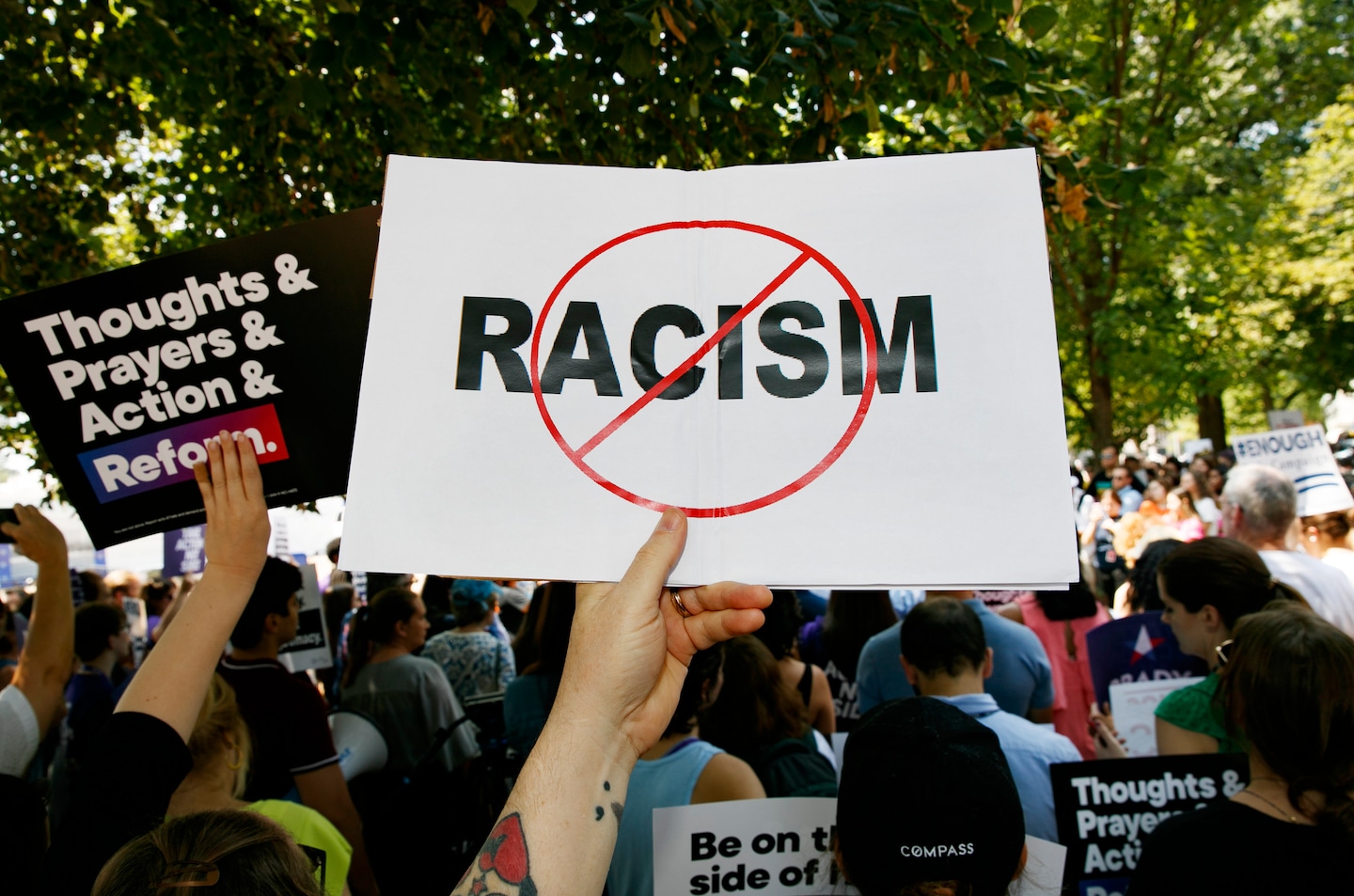
Leave a Reply